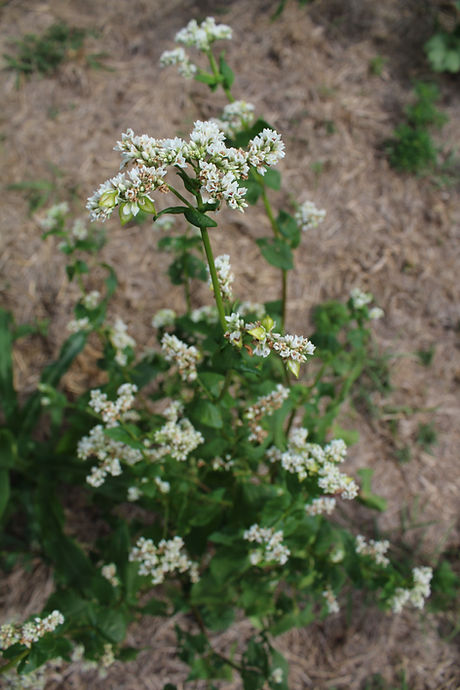
Mule Barn Farms & Bakery
Regenerative Agriculture Gardening
Mule Barn Farms was established in 2017 with hopes of exploring regenerative agriculture practices. Using these principles, we hope to become a key player in Southwest Missouri's local food supply. We invite you to follow us on our journey throughout the years.
Mule Barn Farms
An Interest Ignited
It all began when owner Austin Livingston was a summer intern for wildlife biologist Dr. Grant Woods in 2017. Dr. Woods, an advocate for regenerative agriculture, was a wealth of knowledge and provided Austin with hands-on experience to better understand this agricultural model. Gabe Brown, a North Dakota farmer, has also been a great influence to explore regenerative agriculture. Coming from a family that enjoyed gardening for years, Austin couldn't help but wonder if he could apply the agricultural principles he was learning about to a garden setting. In 2018, Mule Barn Farms conducted its first experimental season exploring different seed mixes and planting methods. Through information found by this project, we are excited to implement these findings to start our journey in vegetable production.


How we are doing our part to regenerate our lands and provide fresh, nutrient-dense food.
What We Do

_edited.jpg)

